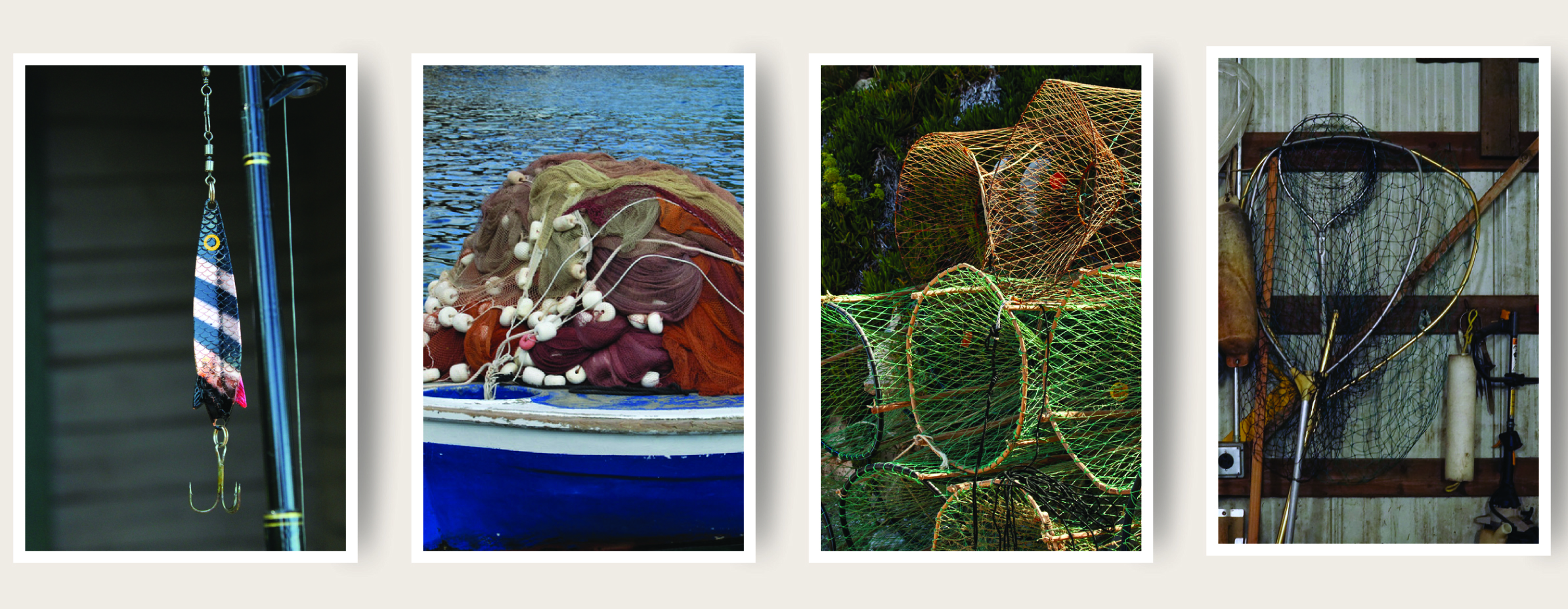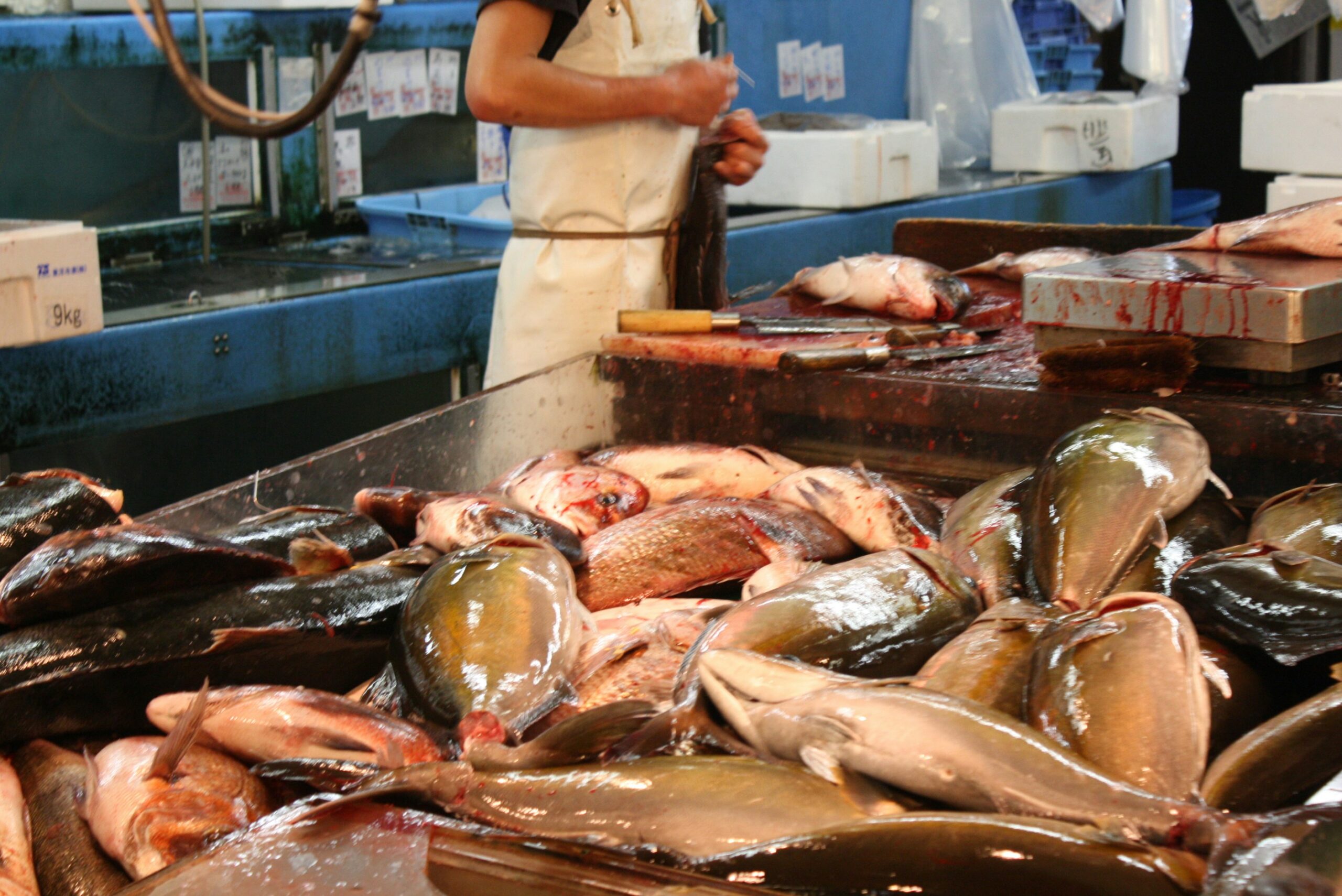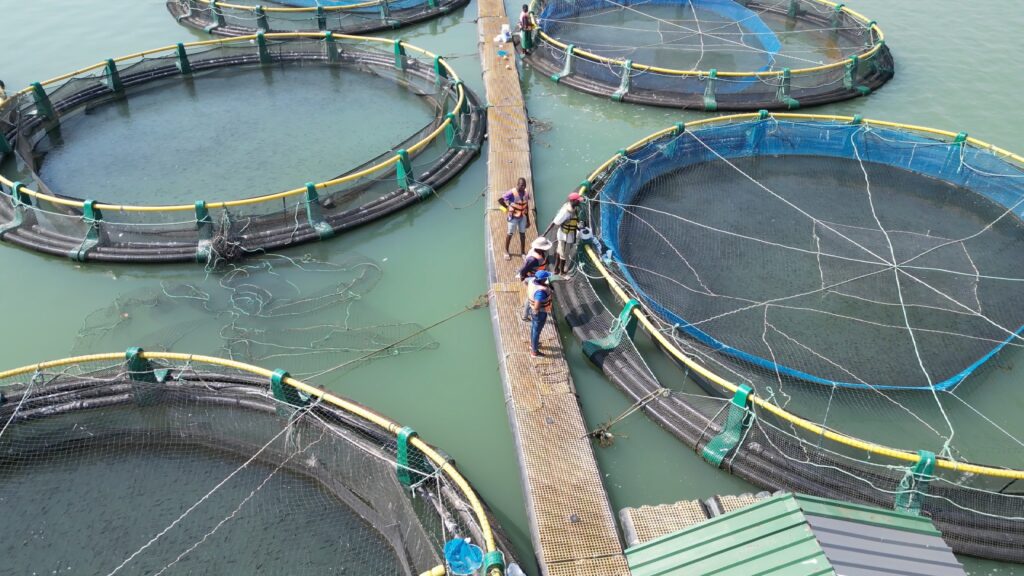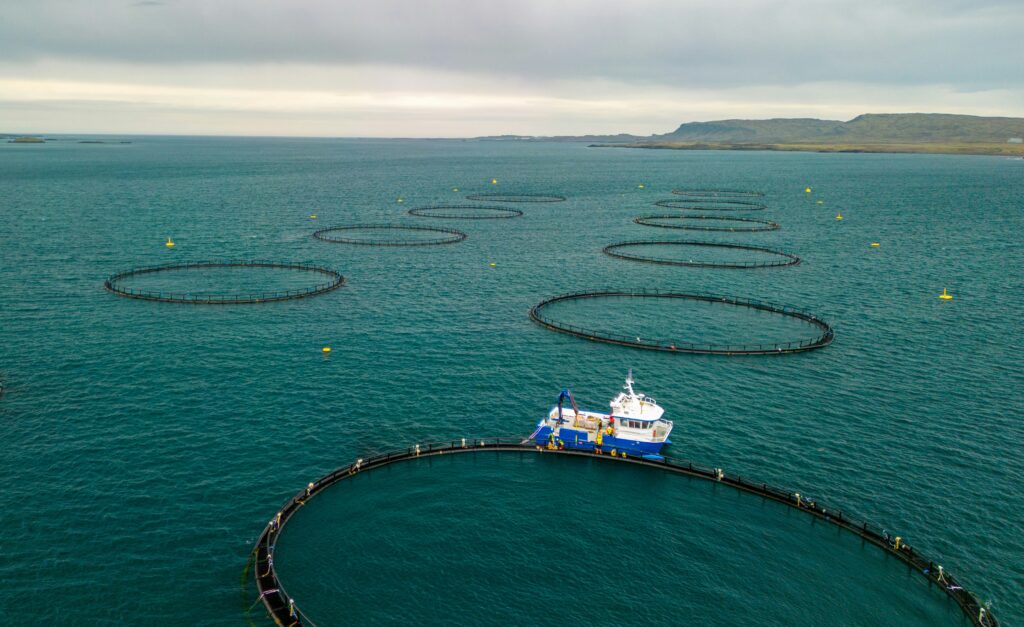Fishing Business Basics

The Fishing business refers to the process of catching fish, processing it, marketing it, and selling it. It can be a profitable venture, but success requires careful planning, methods, and market research. The fishing, processing, and selling stages each have their own critical aspects that need to be understood.
Key Aspects of Starting a Fishing Business
Market Research
Before starting a fishing business, it’s essential to understand the target market and customer needs. Know what types of fish are in demand, which species are most profitable, and where they are most likely to be sold. For example, fish like Rohu, Katla, Hilsa, etc., are popular, but demand can vary based on your location.
2. Licenses and Permits
Running a fishing business often requires specific licenses and permits, such as:
- Fishing License
- Business License
- Water Use Permit These permits may vary depending on the local laws and regulations, so it’s important to get the necessary approvals before starting.
3. Choosing the Right Location
The location where you run your fishing business is crucial. You need to select a place with access to freshwater bodies like rivers, lakes, or coastal areas for fishing. Additionally, you need a place for processing and storing the fish that is well-equipped and accessible.

4. Equipment and Technology
For a fishing business, the necessary equipment may include:
- Fishing Nets – Different types of nets for catching fish.
- Boats – For fishing in lakes, rivers, or the sea.
- Processing Equipment – Machines for cleaning and preparing fish for sale (e.g., filleting machines, freezing units, packaging equipment).
- Storage Systems – Proper refrigeration or cold chain systems to preserve the fish.

5. Fish Processing and Preservation
After catching the fish, it is essential to process and preserve it properly to maintain quality. Some methods of preservation include:
- Freezing or Icing – To keep fish fresh for longer periods.
- Drying or Salting – For long-term storage.
- Packaging – For retail or wholesale distribution. These methods ensure the fish remains fresh until it reaches the market.
6. Marketing and Sales
To sell your fish, you need a solid marketing strategy. You can sell your fish locally, to wholesalers, or directly to restaurants and hotels. Additionally, online platforms can be used to market your fish directly to customers. Some marketing channels include:
- Local markets and shops
- Restaurants and Hotels
- Online Marketing (E-commerce)
- Branding through Processed or Packaged Fish
7. Transportation and Distribution
Efficient transport systems are necessary to maintain the freshness of fish during distribution. It’s essential to have a proper refrigerated or cold transport system, especially when sending fish over long distances. This ensures that the fish doesn’t spoil before reaching the market.
8. Financial Planning
A detailed financial plan is crucial for any fishing business. This plan should include:
- Startup Costs (equipment, licenses, business setup)
- Operational Costs (employee salaries, equipment maintenance, fuel for boats)
- Sales and Profit Targets This will help in monitoring business performance and ensuring profitability.
9. Environmental Protection and Sustainability
It’s essential to follow sustainable fishing practices to protect the environment and the fish population. Overfishing, illegal fishing practices, and water pollution can severely impact the ecosystem. By using eco-friendly methods and technologies, the business can operate sustainably and ensure long-term success.
The last can be said
The fishing business can be highly profitable, but it requires proper planning, skills, and an efficient process. To succeed, it’s crucial to focus on market research, licenses, equipment, preservation methods, marketing strategies, and environmental protection. With the right approach, the fishing business can thrive and become a sustainable and profitable venture.


